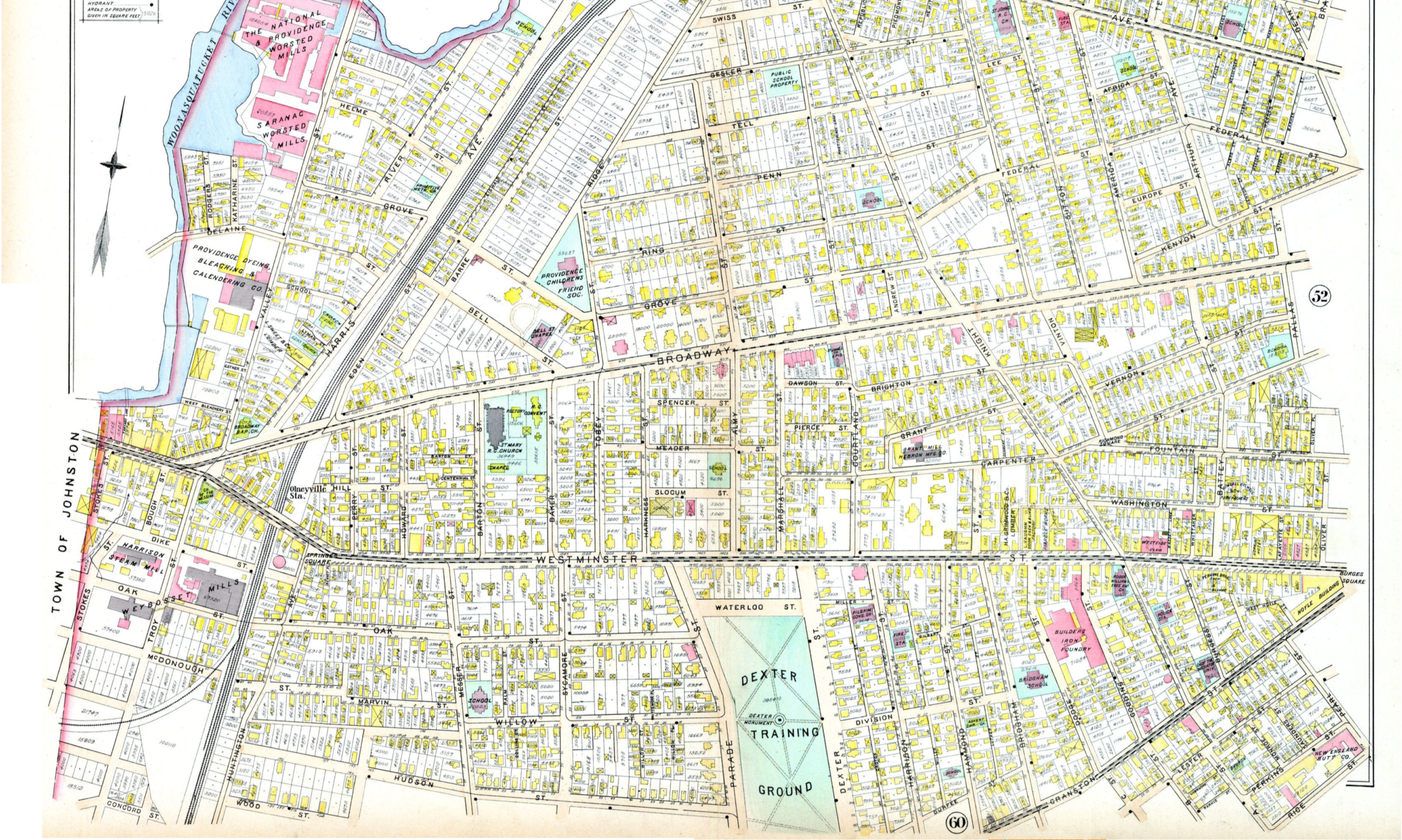So we should do something about all this carbon we’re burning into the atmosphere, yes? That seems to be a general consensus. With the proliferation of concepts such as “carbon neutrality”, “carbon footprint”, “zero-carbon” products, and all the rest, I think it’s pretty safe to say a lot of people care about this.
So how do we stem our voracious carbon addiction, institutionally? It seems there are two major proposals: a Carbon Tax or a Cap-and-Trade system.
The way I understand it, the Carbon Tax would just put a straight tax on activities that burn CO2-producing stuff. So that means, oil and coal primarily, which means gasoline (and thus transportation), and electricity (and thus heat, frequently) would be the places where the tax would have the biggest effect on most people.
The main difference with the Cap-and-Trade system, it appears, is that organizations would have a maximum amount of CO2 they can emit, but there would be a credit system by which a low-emitting organization could sell their credits (obtained by emitting less) to people who needed to pollute more. Thus, low-polluters would make money directly from high-polluters.
I have only a rudimentary understanding of this, and I may be somewhat wrong, but here: in Gristmill there was a brief piece a few days back from a conversation with Steve Hayward from the American Enterprise Institute (a conservative thinktank) about the two. It’s interesting to hear the worthy perspective of someone whose #1 concern isn’t environmental issues.
Oh, he favors the Tax over the Cap-and-Trade system, basically because with the latter, there are too many complexities for loopholes to hide in. I think.
